After a lot of procrastination and toil, I have finished (for now) editing the photos I took on my Iceland trip in June 2016.
There were an enormous number of keepers from this trip compared to others. It is not me, though, it is Iceland. The place is so full of unadultrated, industrial-strength natural beauty that, you could stop the car anywhere on the ring road, get out, close your eyes and spin around, take a photo at a random direction and the chances are better than even that you got a keeper.
I took over 4,000 photos over a week, and given that I took usually 4-5 near duplicates of each subject, mostly for insurance purposes, I got maybe 1,000 distinct photos. Of those, I posted about 180, and I have another 100 or so that I didn't post simply because posting 280 photos from one trip is embarrassing. Actually, even 180 is probably too much but at some point culling them further was harder than just posting all of them.
After arriving in Reykjavik in late afternoon on Saturday and checking in, I drove back out to Reykjanes (the peninsula around Reykjavik) and visited the famous blue lagoon and the hot springs at Gunnuhver.
Next day, I drove to Akranes, a smaller town to the north of Reykjavik and on to the cliffs of Gerduberg. On the way back, the tunnel at Hvalfjarðar was closed for some reason, and I had to make a long detour around the bay.
Here I had my only unpleasant incident in Iceland, which nevertheless ended well thanks to a couple of helpful Icelanders. To take photos of some of the iconic Icelanding horses, I pulled over but the shoulder turned to be too soft and the wheels dug in. Fortunately, seeing my plight, a passing vehicle stopped to help and the driver got my car back on the road in about 10 seconds flat.
My original plan was visiting Þingvellir on the way to Geyser, but the obvious route to there after the detour was not fully paved. Since I wanted to reach Geyser before it was too late, and I didn't want to take further chances with my driving skills, I changed my plans and drove to Geyser using the main roads around Reykjavik.
In Geyser I took some photos of the famous, erm, geysers, and the next day I drove to Gullfoss, the largest of the waterfalls I visited. From Gullfoss, I drove to Gluggafoss, Seljalandsfoss, and after a very late lunch at Gamla fjósið, all the way to Vik to check into my hotel in the evening. Since it was still light (thanks to the glorious summer nights of Iceland), I drove back to Reynisfjara and Dyrhólaey for some 2-3 hours of golden "hour".
On Tuesday, I drove to Skaftafell, stopping on the way at Laufskálavarða and Dverghamrar. The first one is the site of a farmstead that was destroyed by lava flows centuries ago. Historically passing travellers started putting up some cairns for good luck, a tradition taken up enthusiastically by bus loads of modern tourists, denuding the surrounding area of any rock, stone or pebble larger than a peanut. (There was a sign claiming that the Tourist board trucked in additional material, but I haven't seen any evidence of that.) Dverghamrar is another site with the hexagonal basalt column formations.
At this point, I was getting used to seeing wonders of nature at every turn of the road, stopping the car, getting a few photos and driving on. After seeing 505 waterfalls, the 506th is still beautiful, but there are only so many hours in a day (despite the sun setting almost at midnight.)
In Skaftafell, I tried to hike to Svartifoss, not realizing that it is about 3km from the road, about half of it steeply uphill. I got over to the top, but seeing the waterfall in the distance and not being sure of the rest of the route and my ability to get back to the car, I used the option of failing. (It is always an option despite the strident claims otherwise.)
After my ignominious retreat, I drove on to Jökulsárlón, and after taking the first batch of photos there, on to my hotel near Höfn, Fosshotel Vatnajokull. This one was the best hotel I stayed in Iceland, and I had a good room with excellent views, including from the bathtub.
The next day I spend driving in and around Höfn, Vestrahorn, and Stokksnes. I had lunch at Kaffi Hornið, good but expensive like all the restaurants I tried in Iceland. Restaurants, like all signs of human habitation, are a bit thin on the ground once you are outside Reykjavik. There are some in the villages and towns along the ring road, but typically I ate breakfast at the hotel, then ate snacks (skyr, excellent) in the car for lunch and/or dinner.
Thursday I drove back to Jökulsárlón and Fjallsárlón, took photos on the Icy Beach, then took a boat tour on the Jökulsárlón. I opted for the larger, amphibious boats rather than the smaller zodiacs since I didn't trust myself to stay on the zodiac while trying to take photos.
Thursday night I tried the hotel restaurant which turned out to be really good. The next day, I visited Hoffelsjökull, Jökulsárlón (again), Dyrhólaey (again), bypassed Solheimasandur Plane Wreck (again, 8 km hiking on soft sand didn't sound very appealing despite my desire to see it) on the way to my hotel near Skógafoss.
On Saturday, my last day in Iceland, I drove to Reykjavik, and spent some time walking around as well as going on a whale watching tour, which was one of the highlights of the trip, despite having no hope of seeing the whales and dolphins as close up as they are shown on the promotional materials. We did see quite a few dolphins, minke whales, and a humpback, the closest about 300m from the boat. Dinner was at Ostabúðin, near, or more accurately, on the way to Hallgrimskirkja.
Very early Sunday morning I left Iceland and a very memorable week behind. I had a stopover in Copenhagen and spent a few hours near Nyhavn. I had lunch at Heering Restaurant & Bistro, watching the people walking by. After spending the week among the photographic riches of Iceland, I didn't even try to take a photo in Copenhagen (not a comment on its charms.)













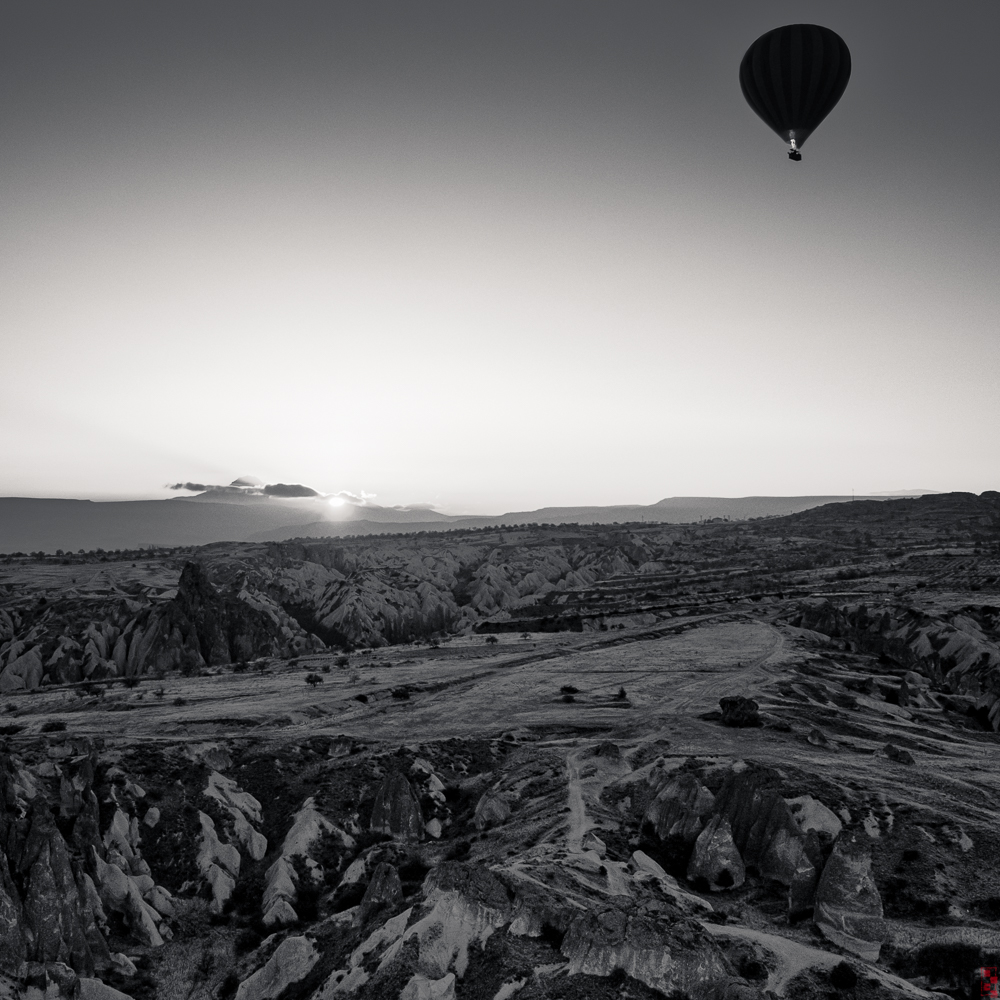

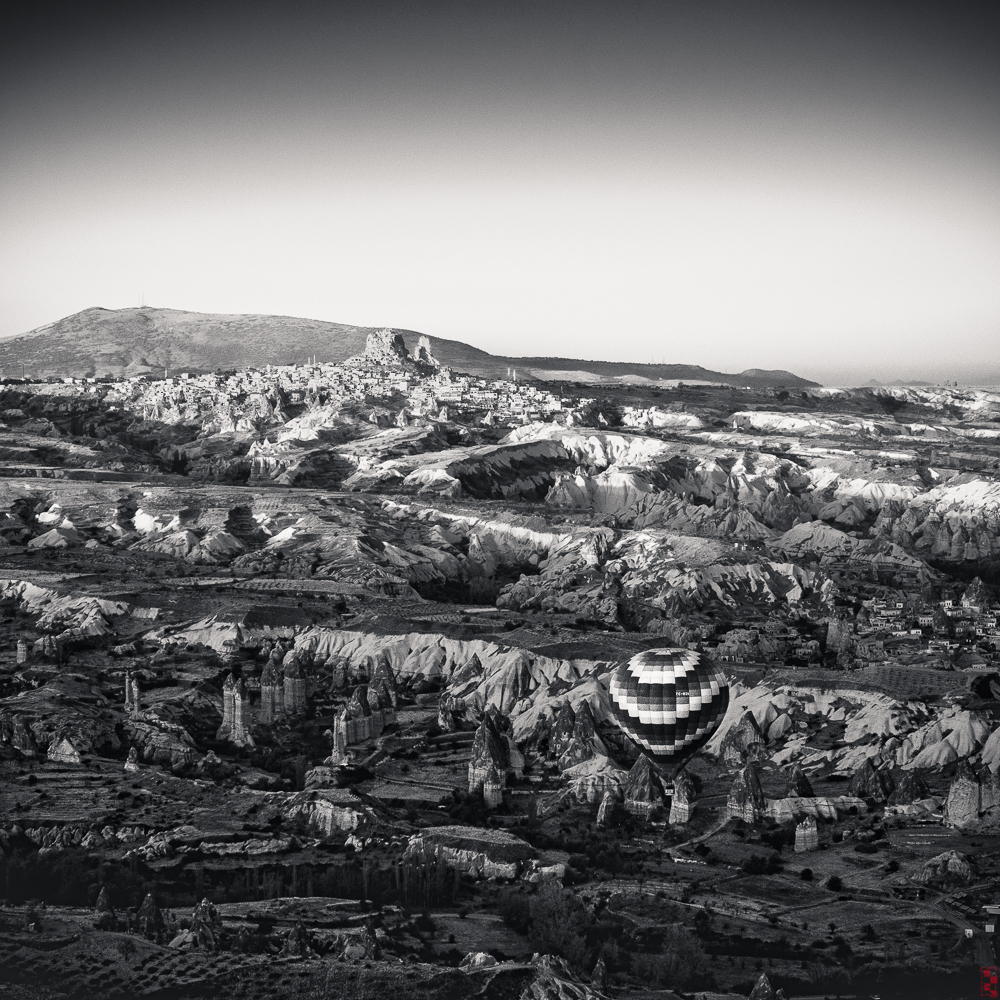
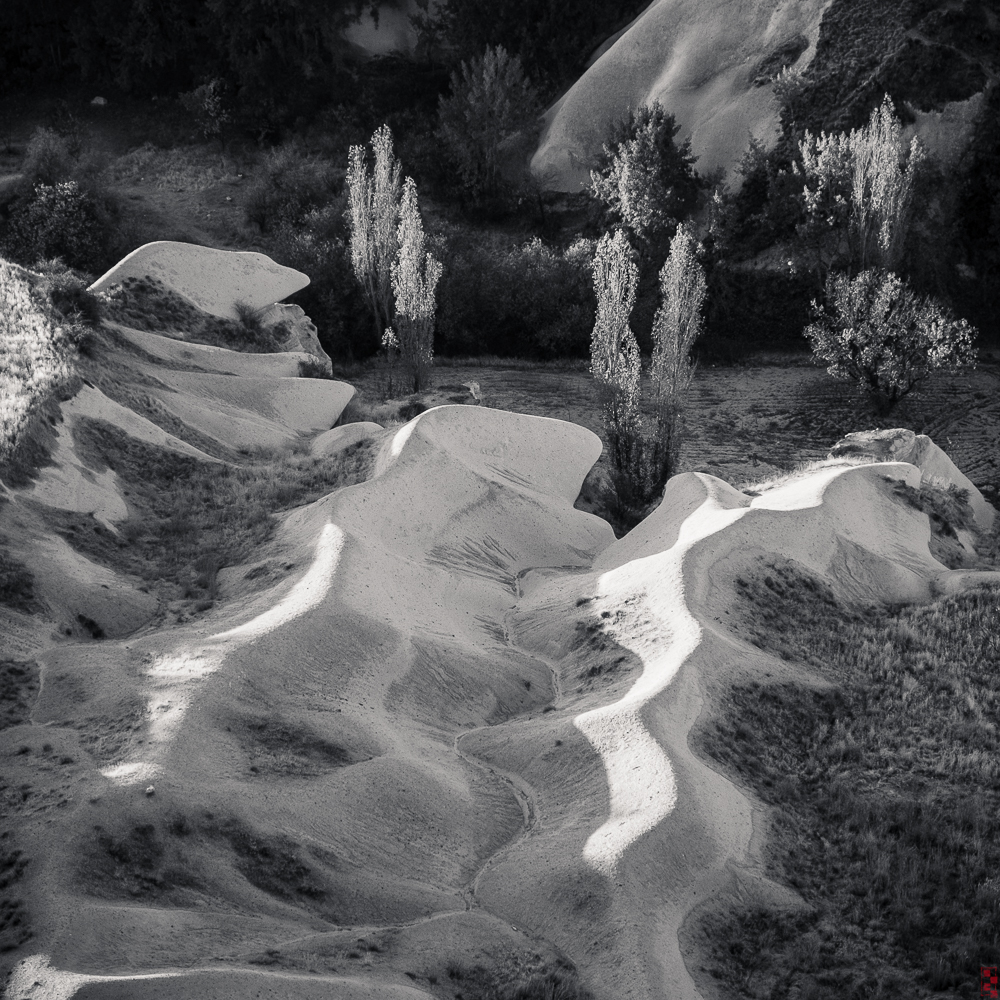

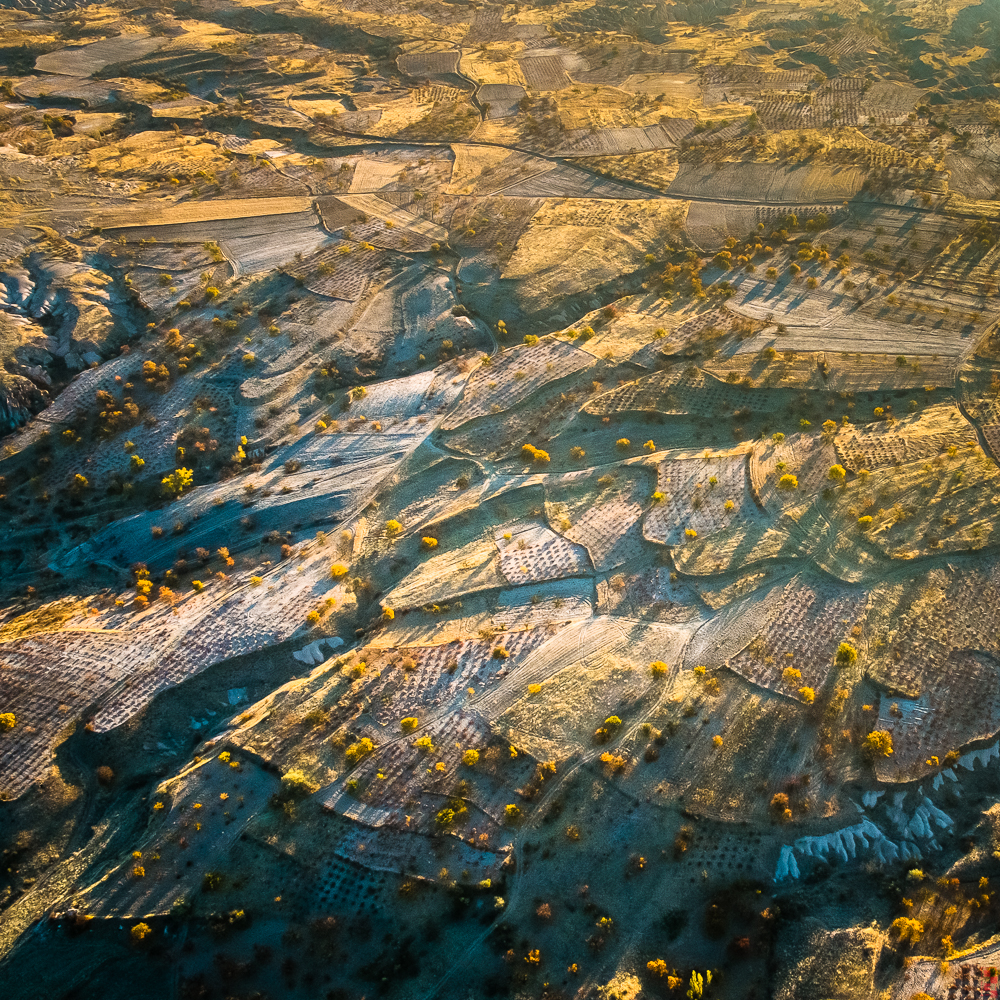
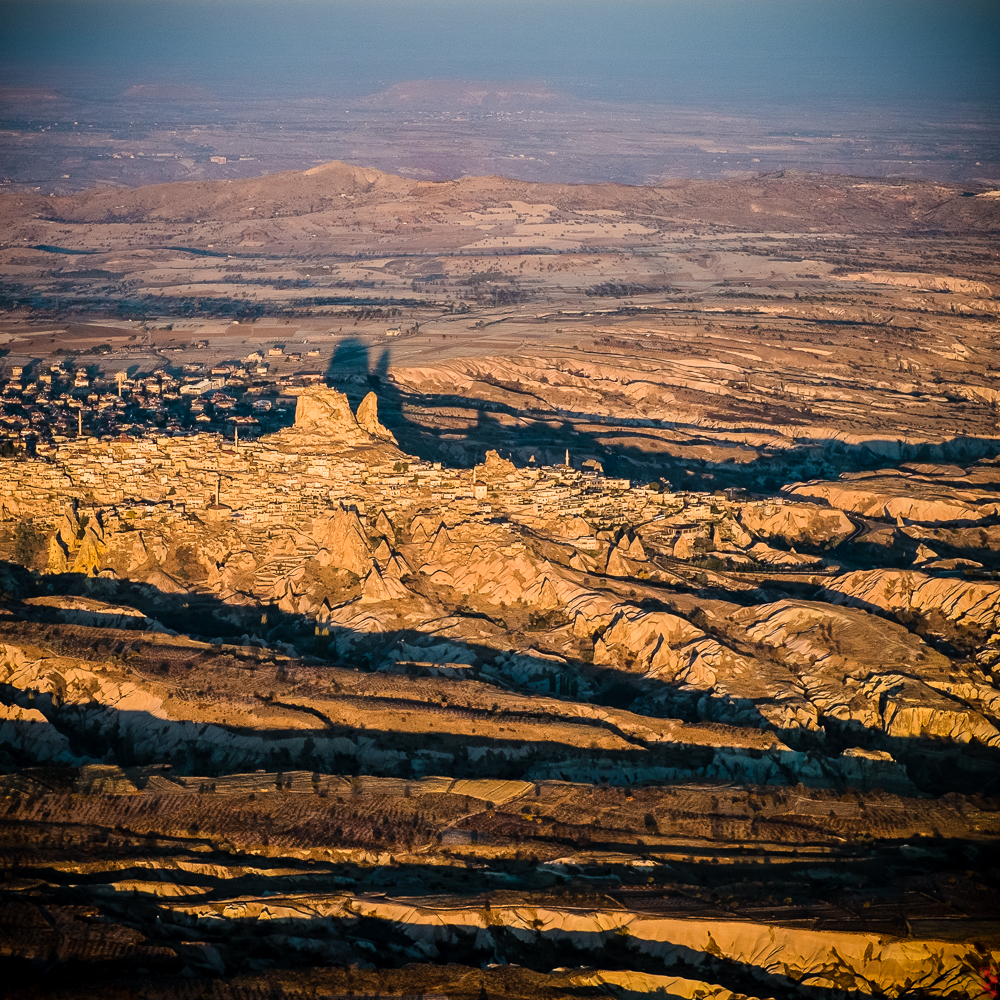
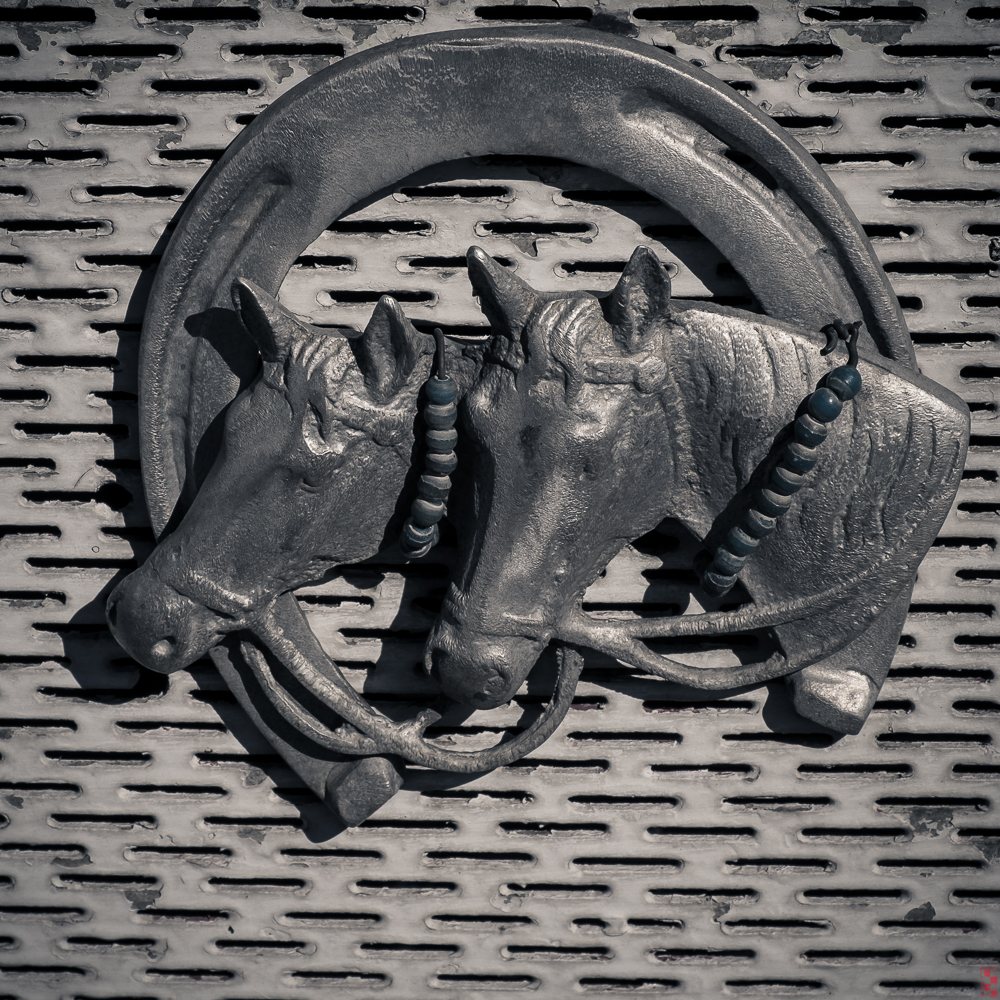
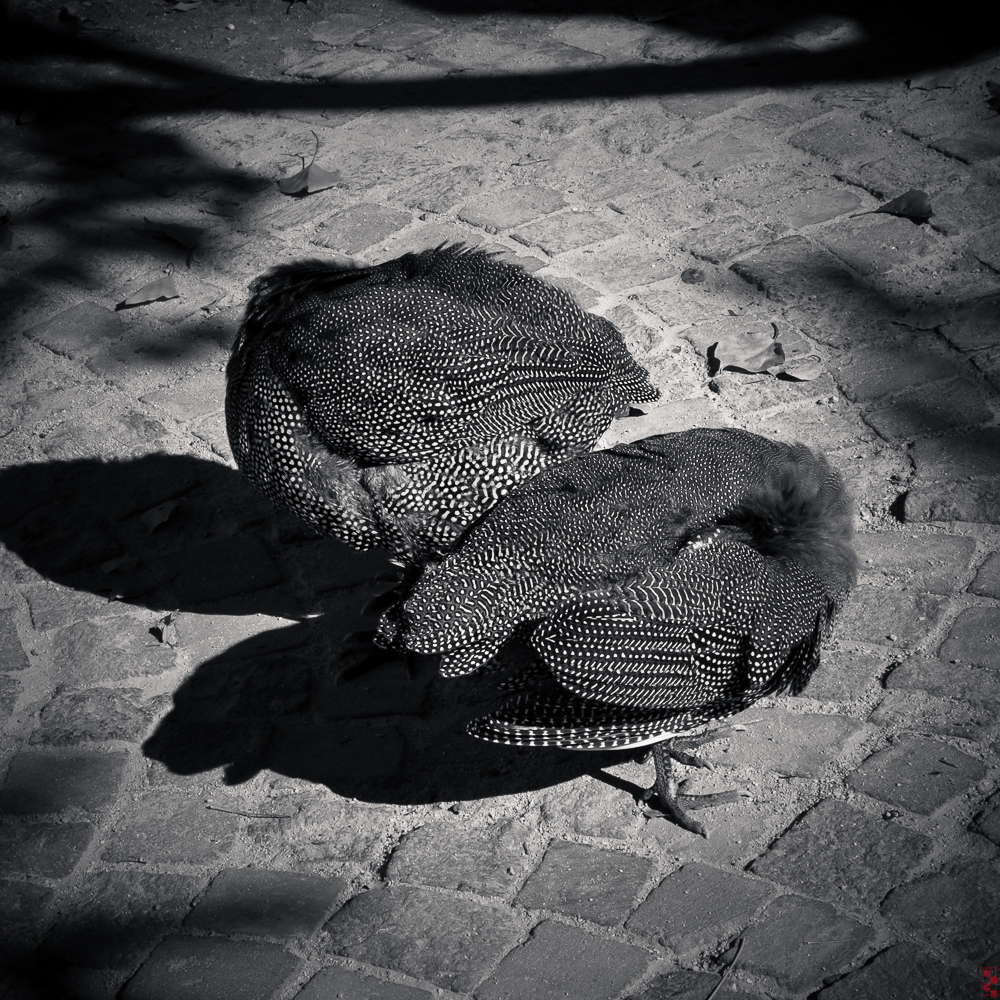


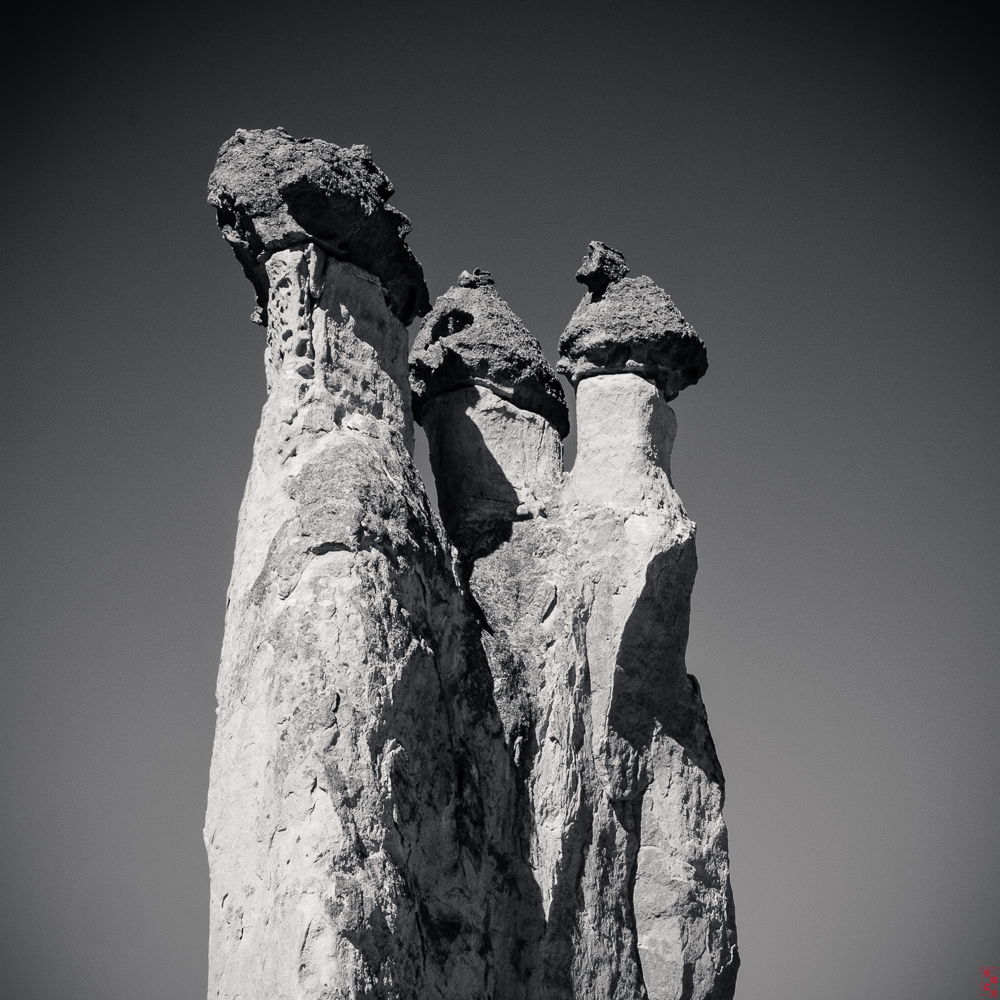
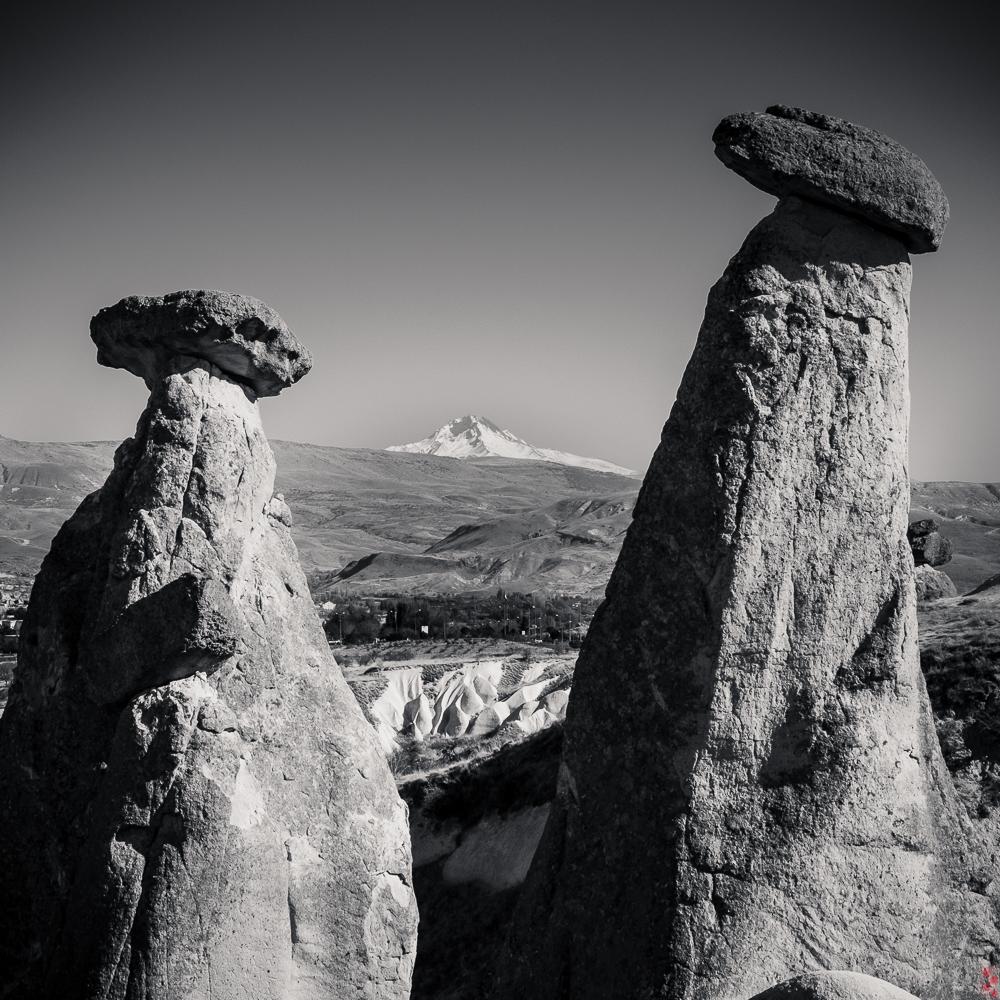
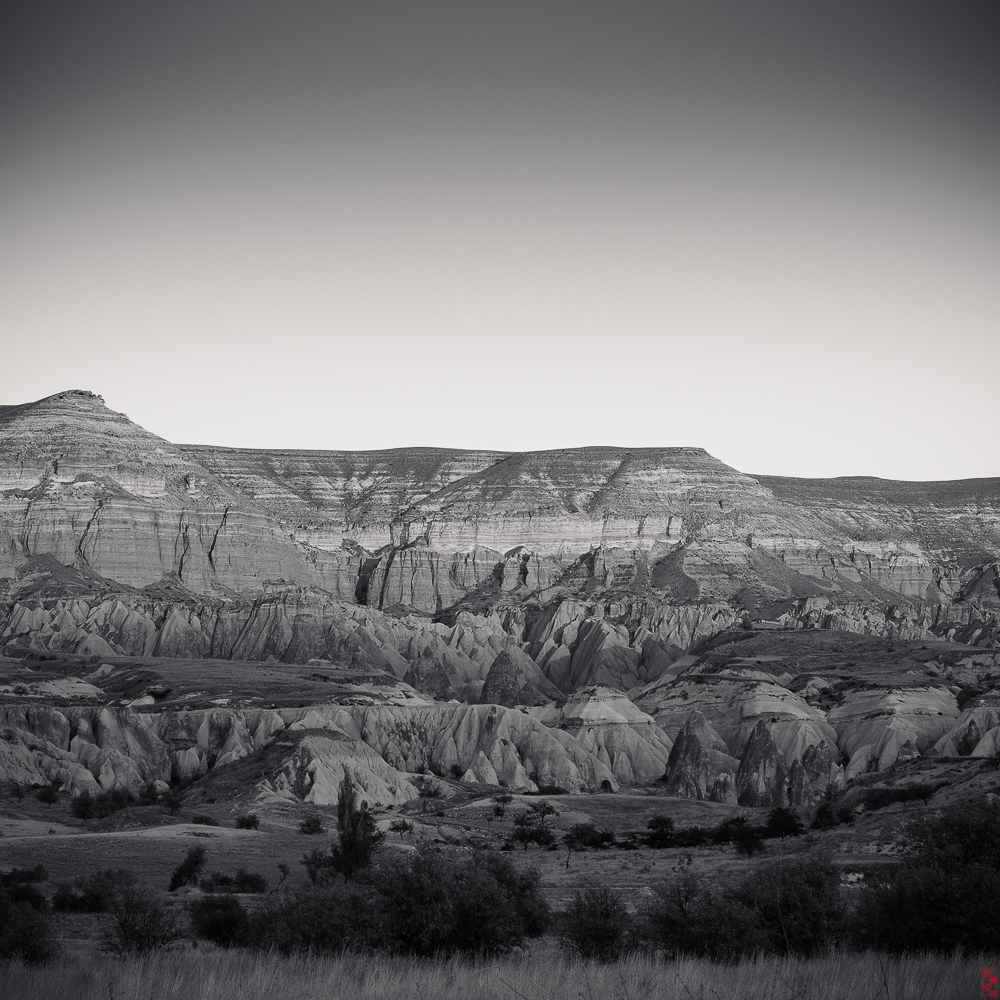
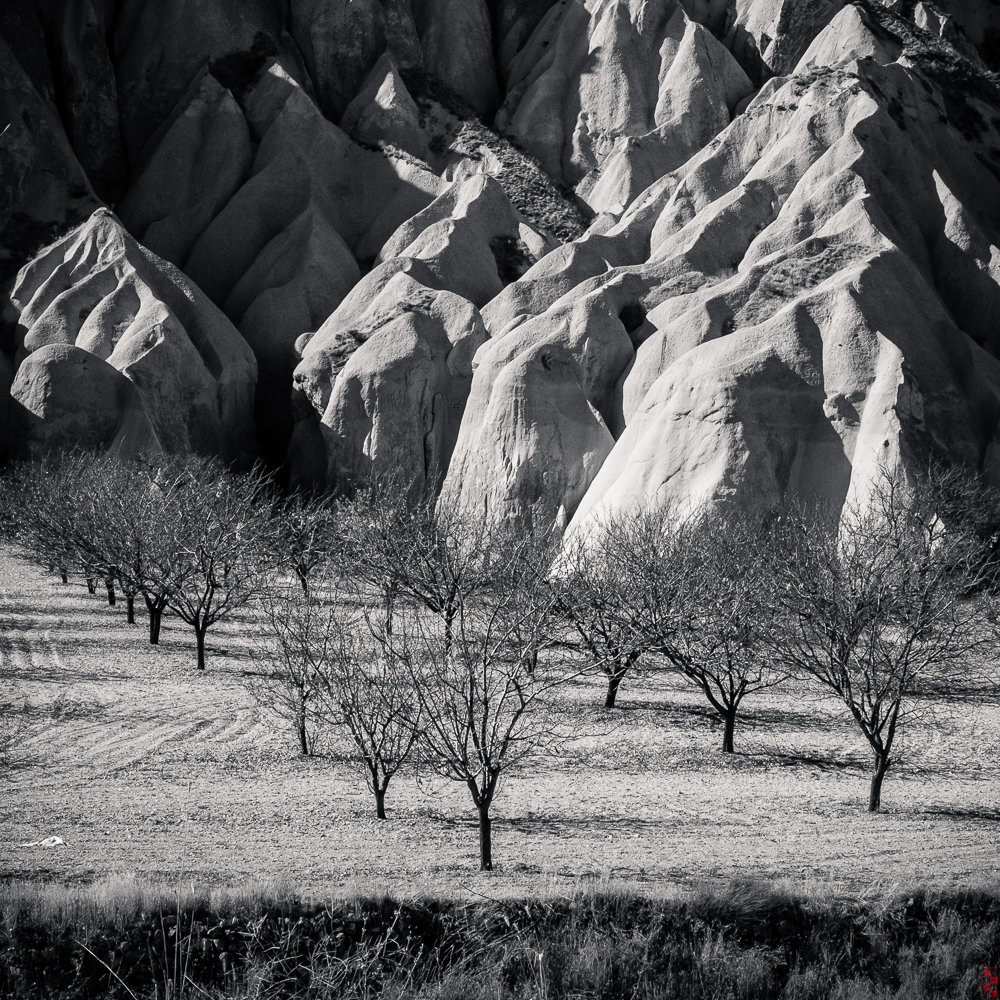
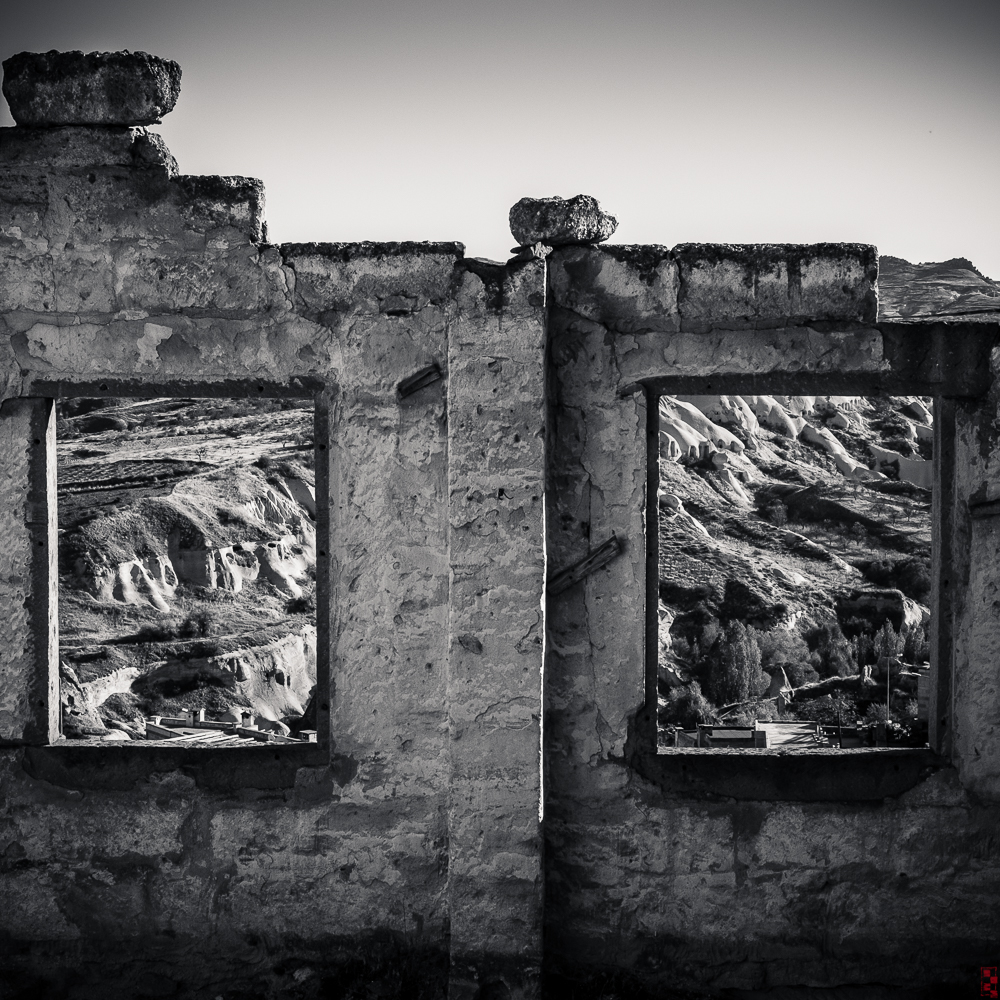
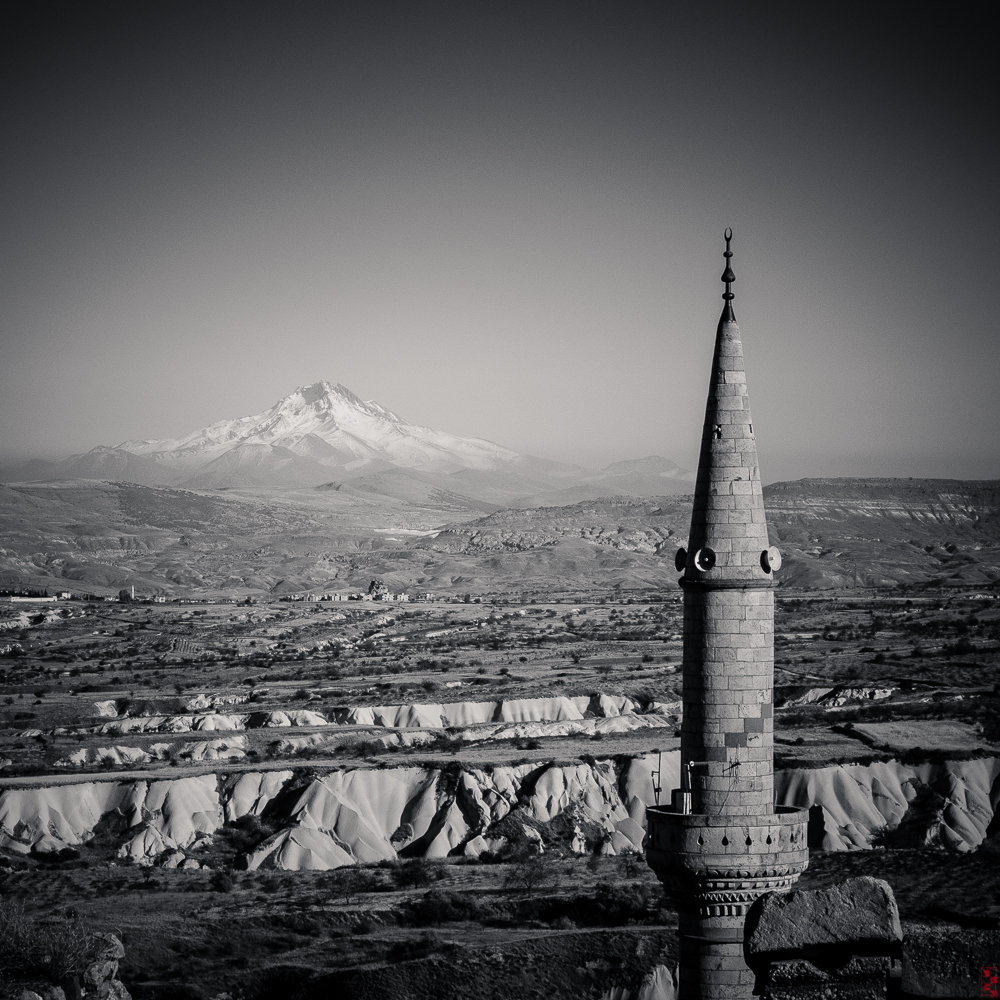
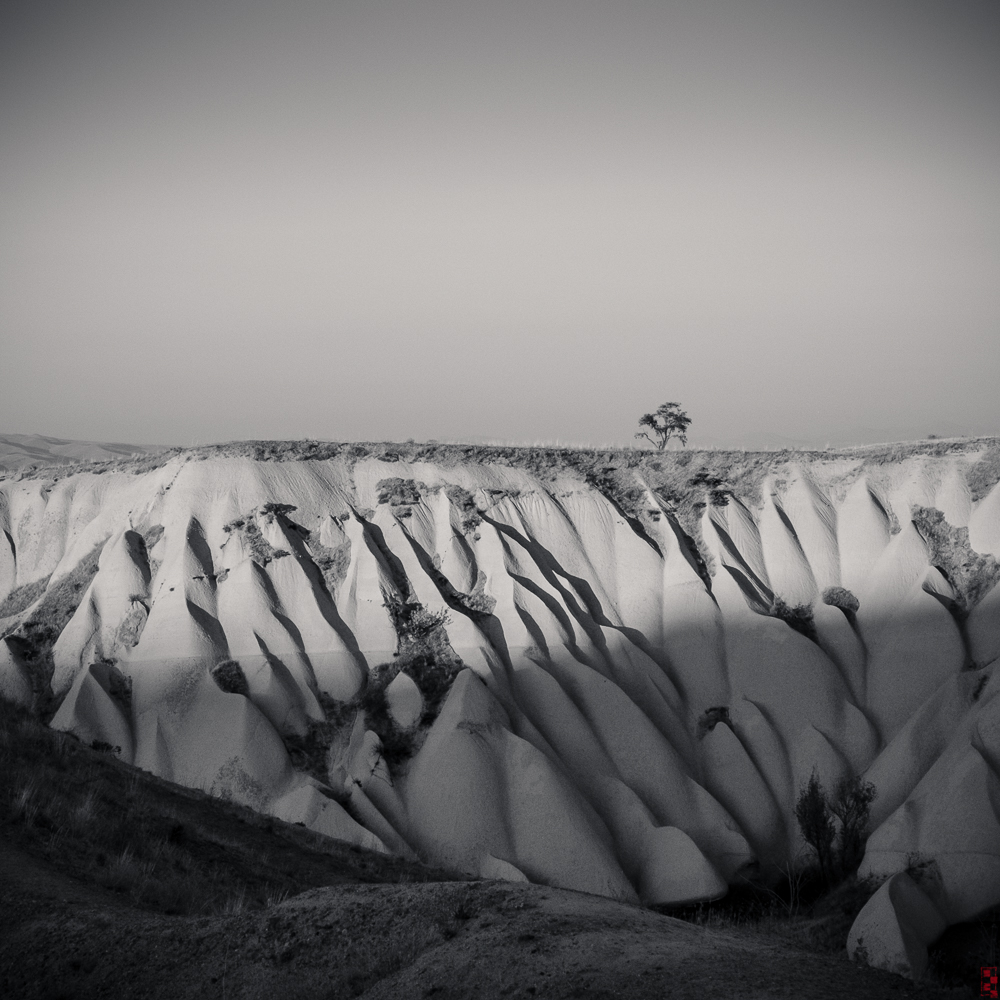
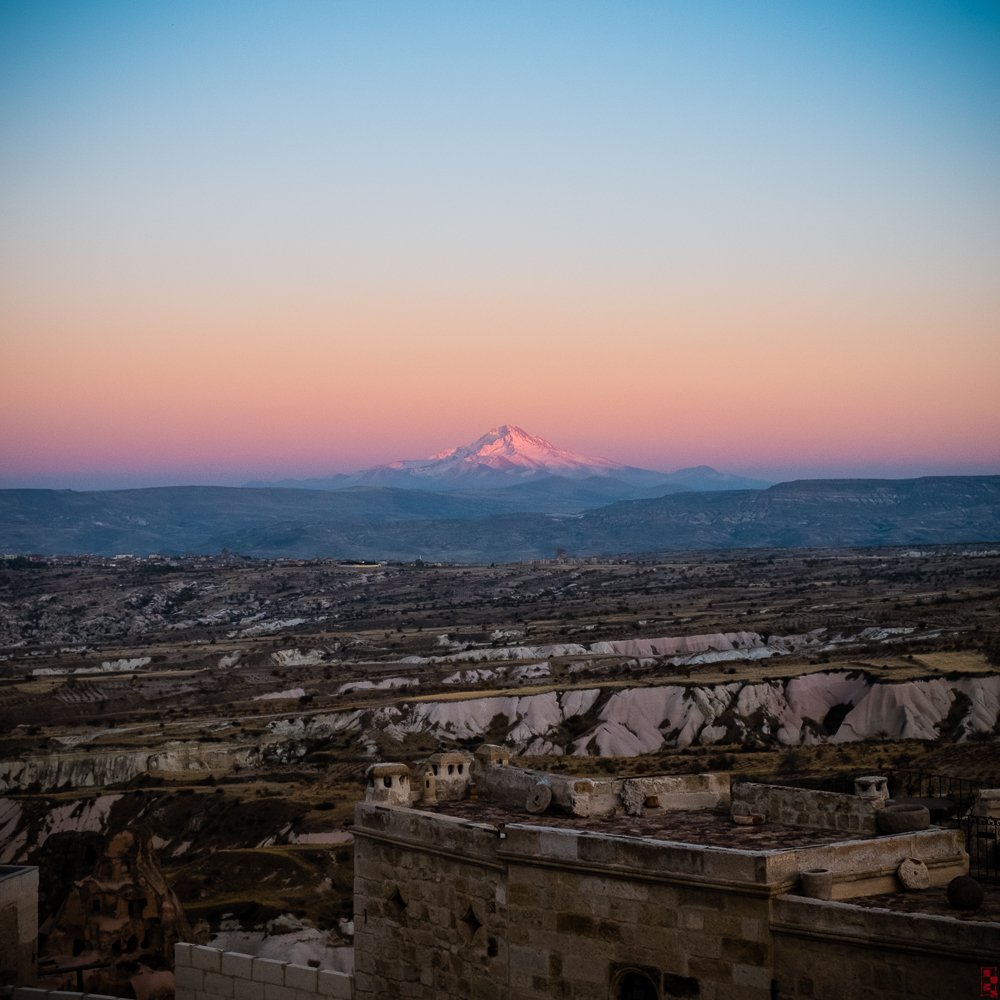
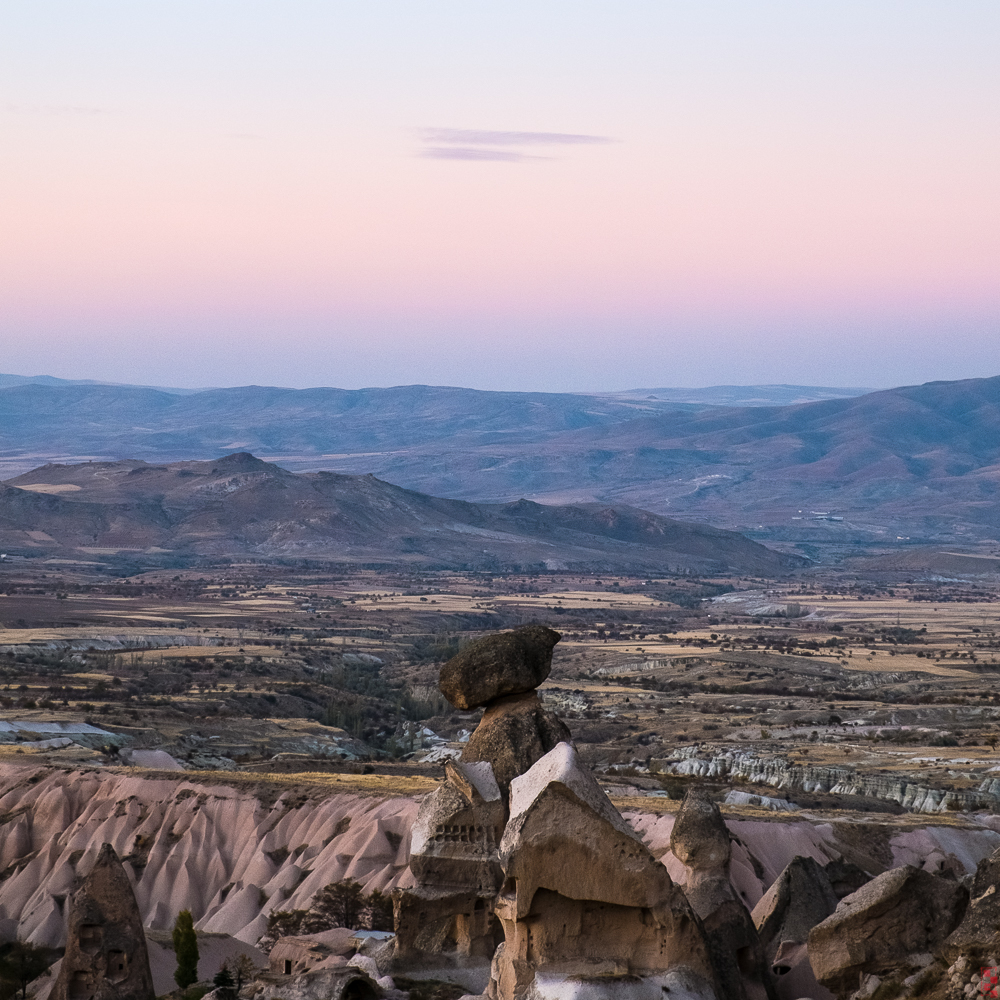
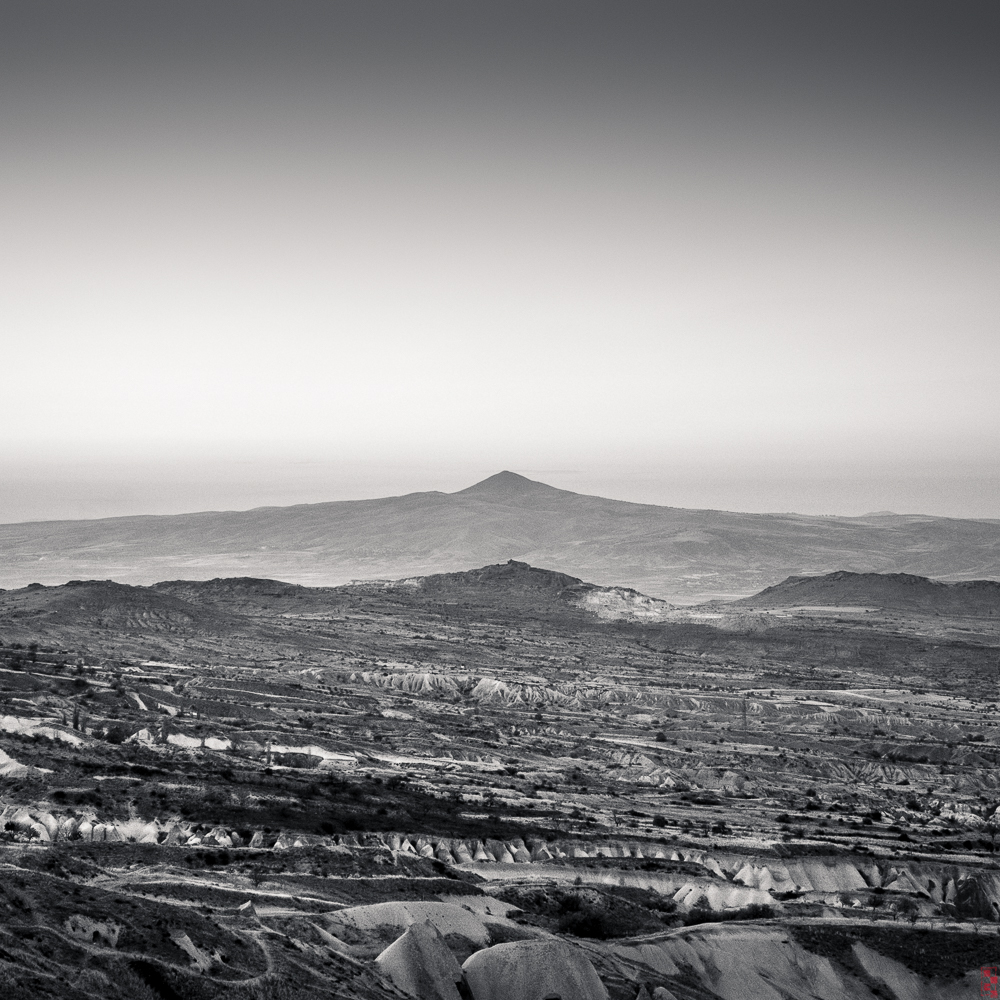
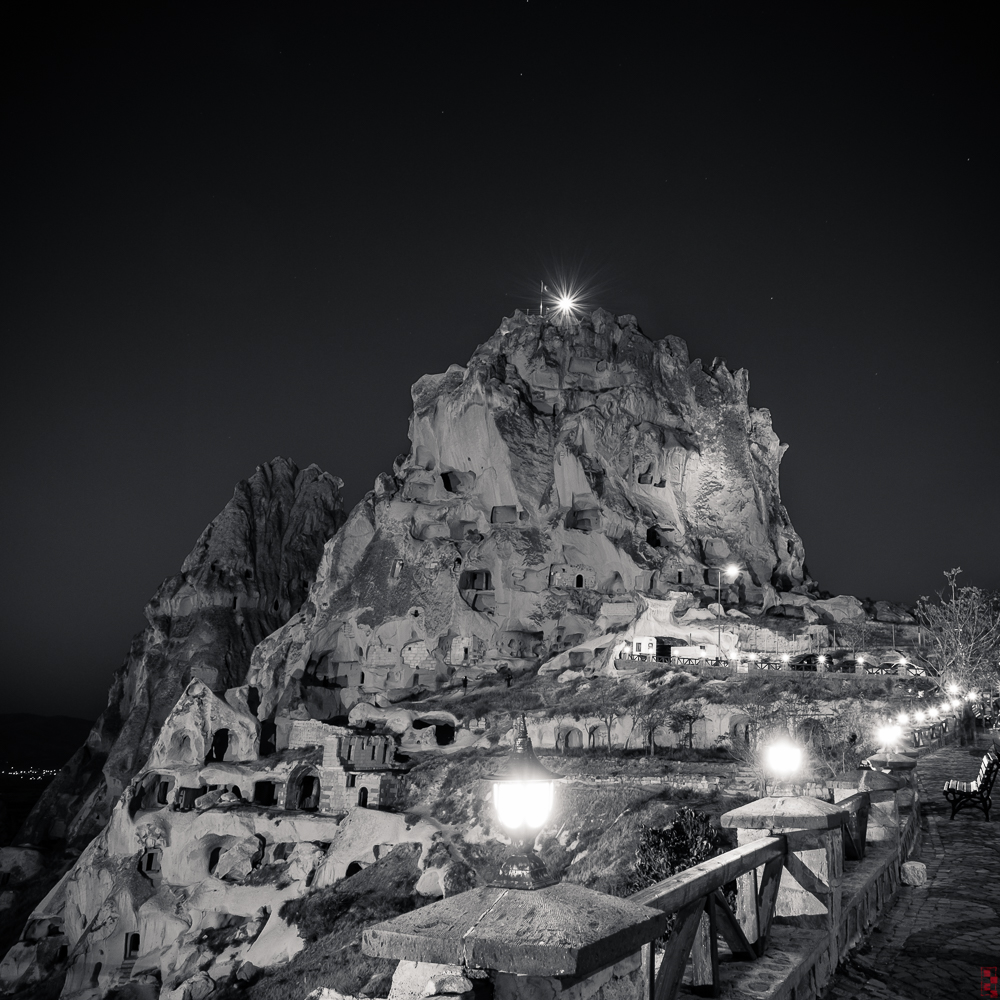
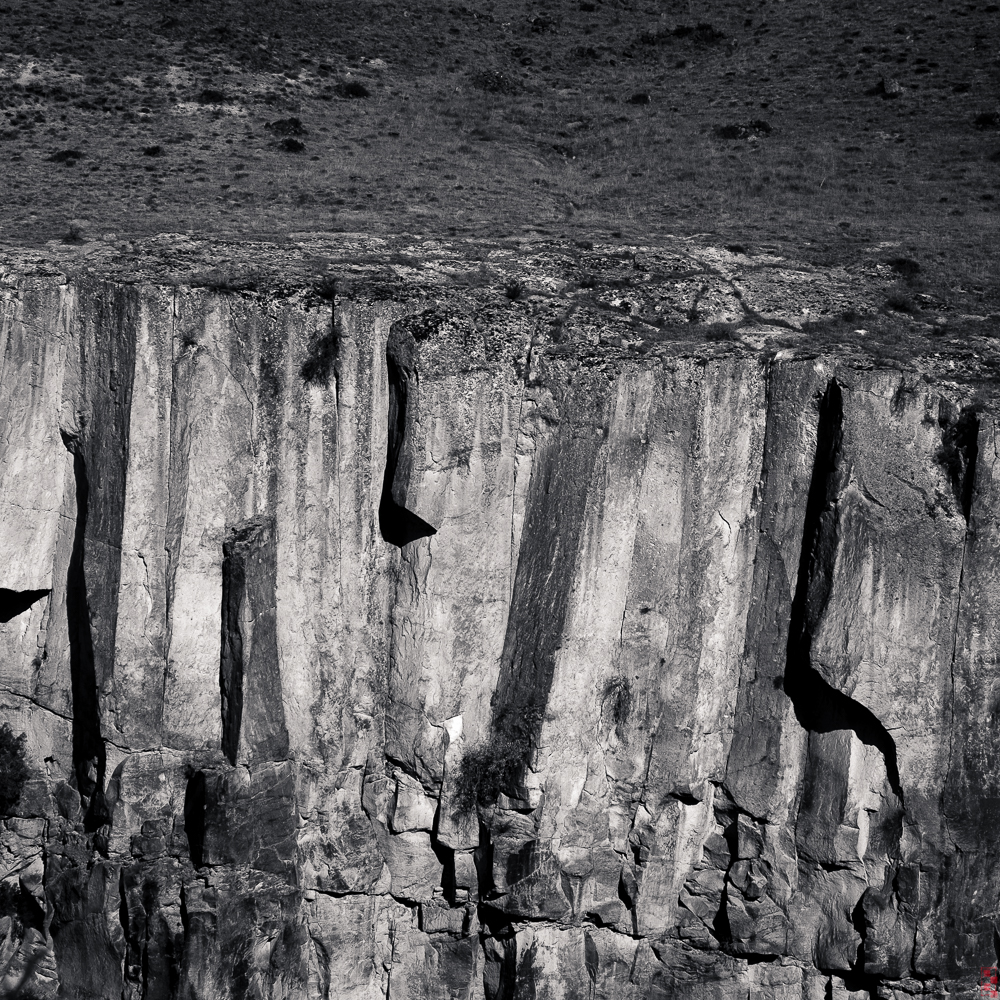
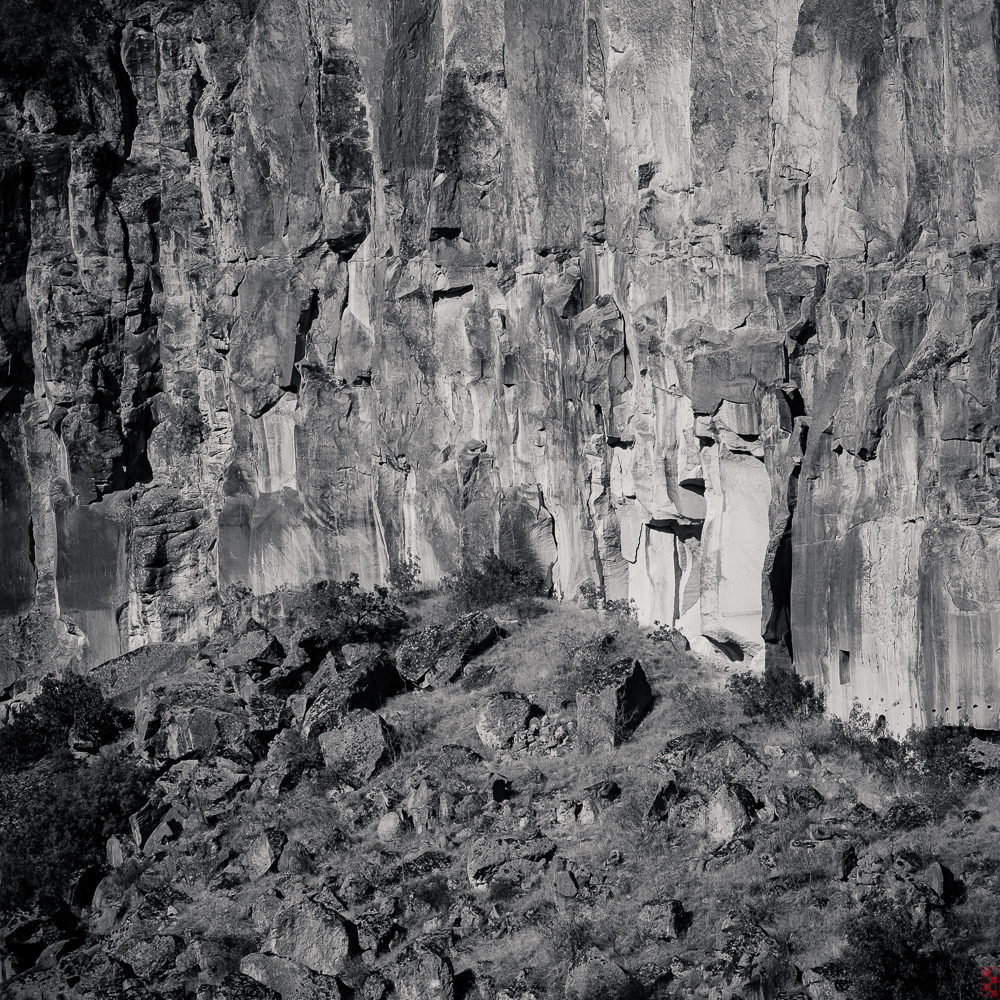











Barcelona